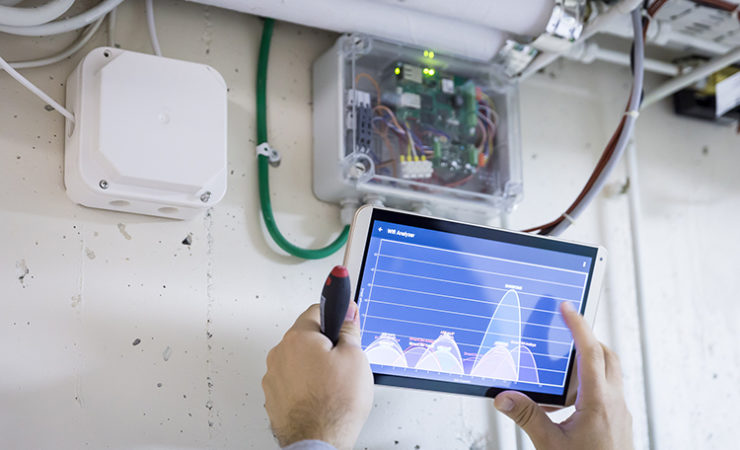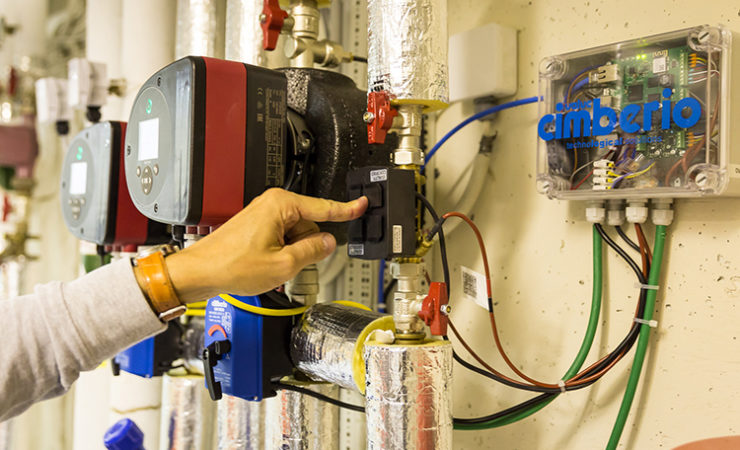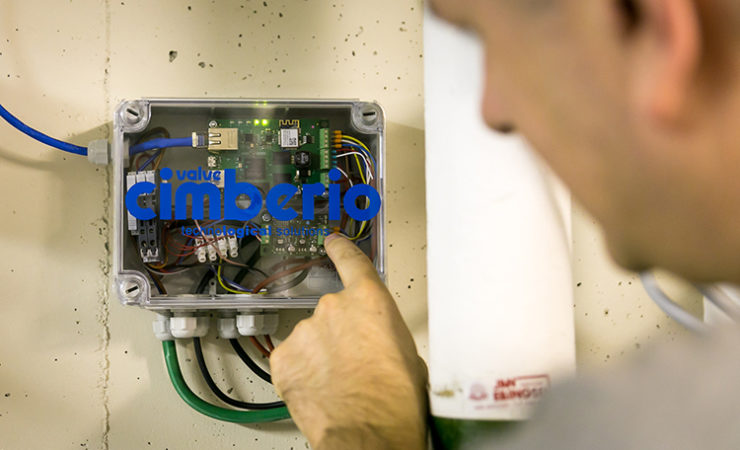BACnet is a communication protocol dedicated to buildings automation and to control networks. In other words, it is a universal computer language designed to create a dialogue amongst the components of a multifaceted system, and thus suitable for SMARTCIM: the technology designed by Cimberio S.p.A. for automatically monitoring and regulating the functioning of heating/cooling systems.
Having developed SMARTCIM with the engineers of the Technical Department, Roberto Cimberio has always believed, and with him also the European Commission, in the powerful opportunities opened by a system able to collect climate and energetic data of a plant to optimize the winter and summer air conditioning system, on the condition to achieve a dialogue among the collected data. Only in this way it is possible to address the thermal energy where it is needed, reducing waste and optimizing the perceived comfort. It is here that BACnet plays a major role.
But what is it precisely?
The protocol allows the connection to the devices network of the plants and the communication amongst them to reach the desired thermal comfort, minimising energy waste. It is an open source language dedicated to data interchange into the automation networks of buildings, which allows the free circulation of information between equipment and control devices.
BACnet – acronym for Building Automation and Control networking – was developed starting from 1987 by ASHRAE (American Society of Heating, Refrigeration and Air-Conditioning Engineers) to collect sensitive data throughout the network and to give commands intended to improve the efficiency of the thermal flows’ regulation and distribution.
Thanks to its flexibility, the protocol is spreading as communication standard, because it allows the facility manager, the person to which has been delegated the task to manage the building, to:
• easily monitor it from everywhere he is, via a unique and user friendly interface;
• intervene on the plant performance, e.g. on the basis of the real presence of users or the opening of windows;
• integrate the air conditioning control with the other systems dedicated to lighting, anti-burglar and fire prevention, with the telephone and computer networks.
Furthermore BACnet offers freedom in using devices coming from various manufacturers in the same plant, protecting in this way the investment for further development of the heating/cooling system.
Therefore, BACnet renders the existing buildings intelligent, giving characteristics of interoperability to those systems that otherwise would be isolated and not able to create and exchange information useful for the optimal management of energy resources.
In short, the BACnet protocol perfectly suits the ambitious purpose of Cimberio: protect the environment from avoidable emissions that could cause climate changes and obtain big energy savings in buildings with obsolete plants and with structures which are particularly energy consuming.





